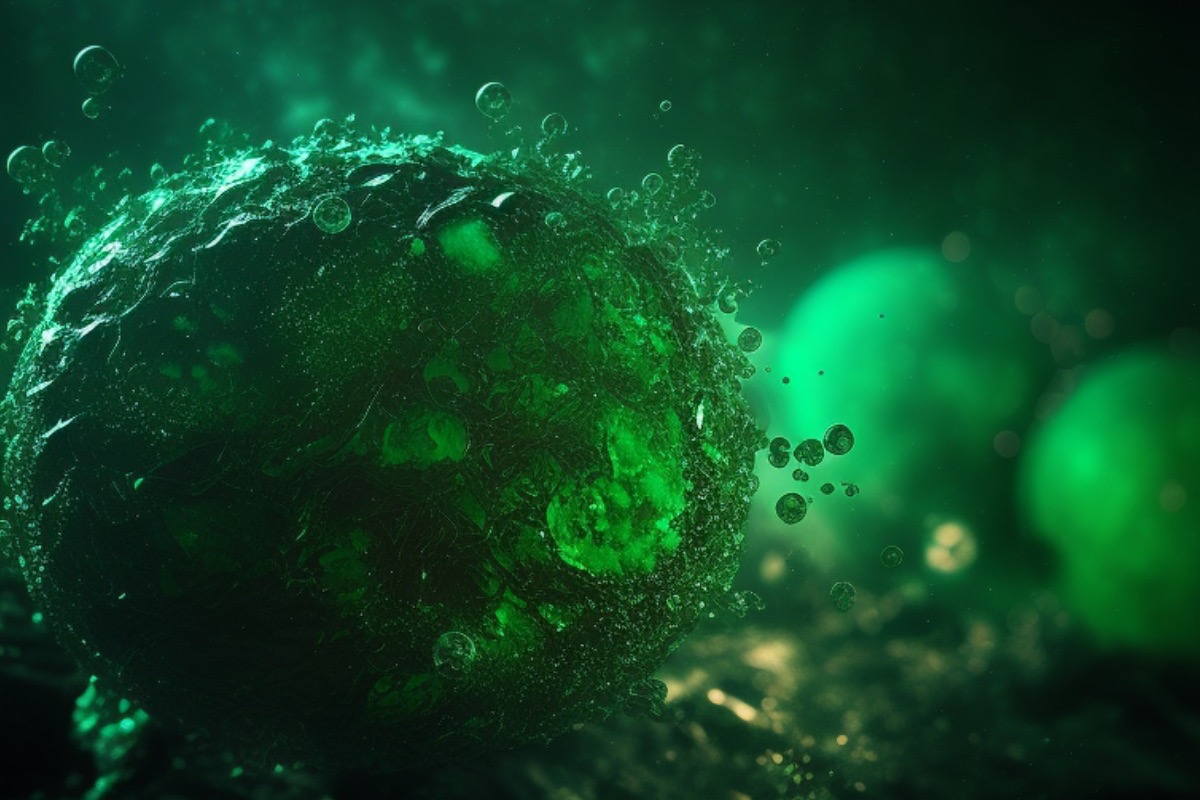Orbeez and other water bead toys are fun to play with and look at.
They feel novel, unique, and a bit supernatural seeming, which is what makes them so intriguing.
Contents
But what exactly are Orbeez gel balls made of?
Orbeez are made of a type of “superabsorbent” polymer that is similar to hydrogels. The polymer is comprised of many long-chain molecules. Oftentimes, colorants are added as well.
When water is added, the superabsorbent polymer soaks it up and expands like a sponge, growing to over 100 times its dry size. It’s unique because it’s able to swell and retain water without dissolving in it.
With some time, the water bead polymer will release that water and the Orbeez will dry out and shrink back down to their original size.
Are Orbeez made of plastic?
The polymer compounds that make up Orbeez are similar to plastics (which are also comprised of polymers), but water beads are not considered to be plastic themselves.
Like plastic, the polyacrylamide that Orbeez is made of is synthetic. It is made from petroleum products and polyacrylate.
But their properties and polymer chains are different enough to be classed separately.
Are Orbeez toxic or poisonous?
Unlike the polymers in plastic, Orbeez’s polymer structure is considered to be inert and non-toxic. This is not a hazardous waste product and presents no threat of toxicity to individuals or the environment.
If ingested, Orbeez should not cause any noxious effect. The beads will pass through the digestive tract without being absorbed or sticking together.
Some people worry that water beads if swallowed, will swell up and cause severe internal damage. But Orbeez do not swell to full size in the acidic environment of the stomach.
Regardless, if considerable amounts of Orbeez (especially dry ones) are swallowed, one should seek medical attention.
Are Orbeez biodegradable?
Yes, they are.
The superabsorbent polymer material breaks down into polyacrylamides, Polyvinyl alcohol, sodium Hydroxide, and various color pigments, which are all readily biodegradable.
How long does it take for Orbeez to biodegrade/disintegrate?
The time it takes for orbeez to disintegrate can vary depending on exposure to weathering factors like sunlight, dryness, and high temperatures.
It can take as little time as two weeks for Orbeez to show noticeable signs of decomposition. But it takes longer to fully disintegrate (less than 10% of polyacrylamide is degraded after 10 days).
But under more preservative conditions, Orbeez can take months, even years, to depolymerize through natural decomposition processes.
Are Orbeez eco-friendly or bad for the environment?
Yes, water beads like Orbeez are ultimately eco-friendly and safe for the environment.
The superabsorbent polymer that Orbeez is comprised of is fully biodegradable and presents no notable long-term impacts on the environment. Though the acrylamide by-products left behind are not entirely inert.
It’s worth noting that caution should be taken when disposing of Orbeez due to their extended decomposition window.
For example, if released around birds or aquatic life, the gel beads may be ingested and cause harm.
Disposal aside, one thing to consider on the ecological front is how Orbeez are produced. Because water beads are made with synthetic polymers, crude oil is required to create the product.
Crude oil is not a renewable resource and its production is an environmental net-negative.

